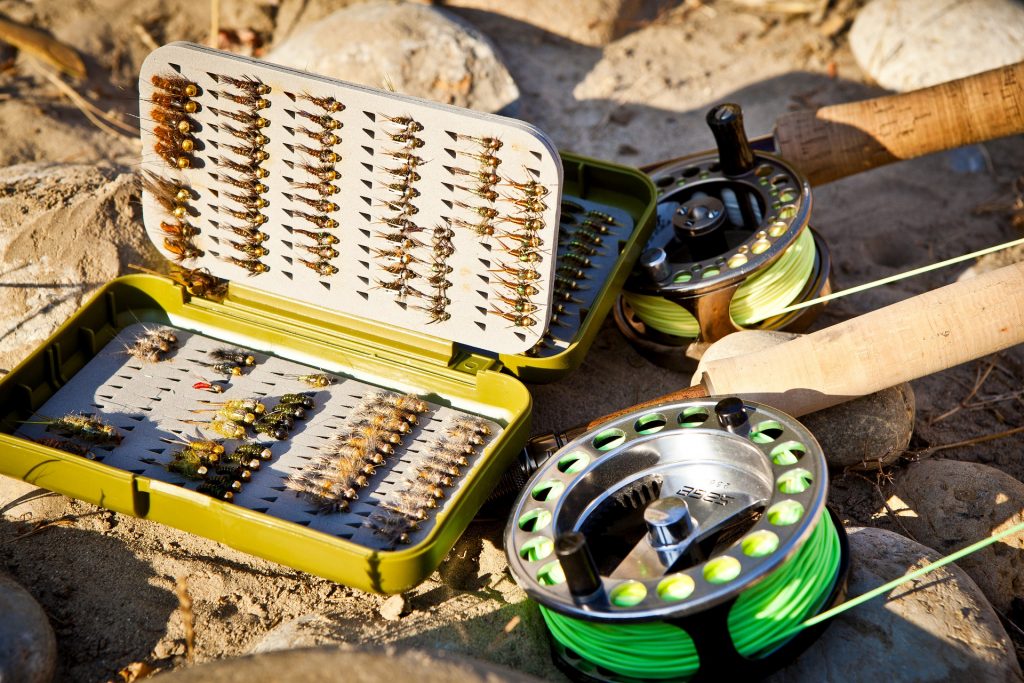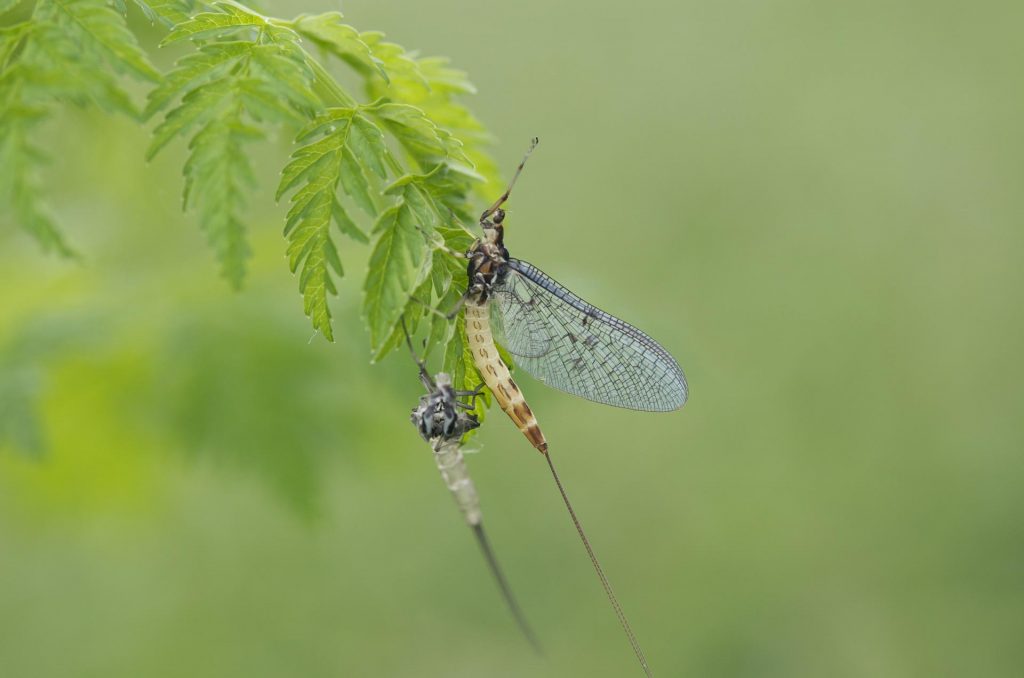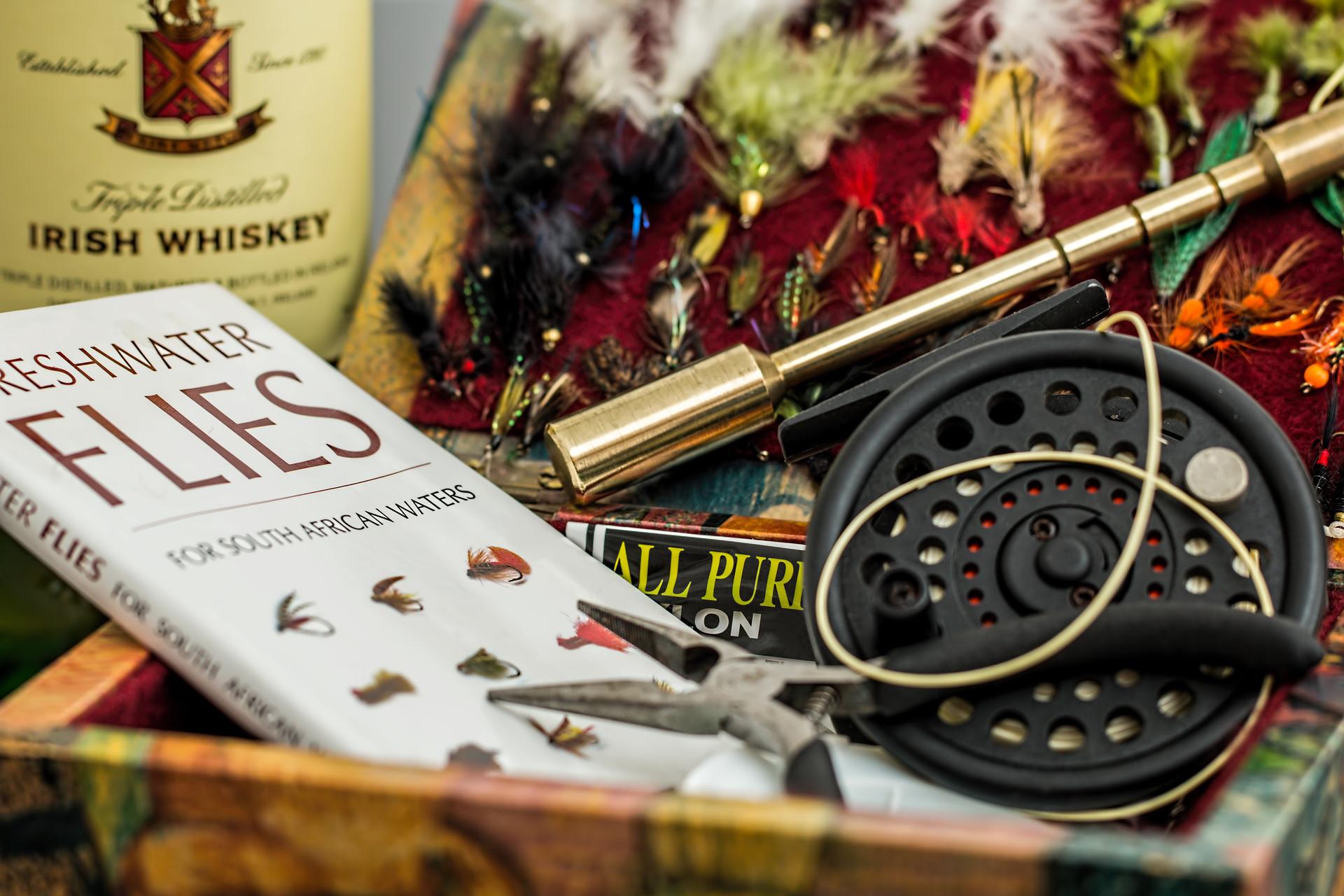There is no doubt that fly fishing is the most passionate and satisfying angling sport among the anglers. They really enjoy the moment when they experience a powerful tug from below the surface as a spectacular wild Atlantic Salmon hits their flies. Truly, nothing can replace the excitement and joy of catching the first fish by a fly. However, you should have a clear idea about the different fly fishing techniques as a beginner. This blog post will outline 5 essential fly fishing tips for beginners from Miramichi Salmon.
Understand the Species
Every fish species has distinct preferences and patterns. So, you should have a clear knowledge of the preferences and patterns of each fish species. For example, brook and speckled trout usually prefer the streams with a moderate flow ad lots of shade. In the case of brown trouts, they like the slower, calmer condition of water and don’t even mind swimming in warmer water. They can be easily found in the slow calm sections of a deep pool.

Locate the Lies
Identifying the lies is one of the most helpful fly fishing tips and wisdom in this fishing world. Actually, a lie is a place where the fish lingers or lies. There are different types of lies, such as feeding lies, sheltering lies, and prime lies. Prime lies are usually the places where fish feed and shelter from natural predators. The biggest and healthier fishes are always found in the prime lies. At the same, every fish species has unique preferences and tendencies. But they all want to hide from one predator, birds. So, it is always recommended to avoid the areas where birds can see fish. This actually includes the areas where the sunlight or any other light illuminates the river bed.
Choose the Right Fly Fishing Technique
There is no doubt that every fly is made for one purpose: to mimic food and attract the fish to take a bite. However, you can find different fly fishing techniques all over the world. The most common fly fishing technique is the dry fly fishing technique and most anglers prefer it for its challenging aspects. They consider catching a fish with a dry fly fishing technique more rewarding than any other fishing technique. Another popular fly fishing technique is nymph fishing. In this technique, the nymph fly mimics Trout’s favorite underwater food, “larval stage aquatic insects” and attracts the fish to take a bite. However, nowadays, modern anglers use a combination of dry and nymph flies for fly fishing.

Should Have a Clear Idea of What the Fish are Eating
Only a small portion of the time, fish prefers to take a bug right off the water’s surface. For the maximum time, they prefer to eat nymphs in the subsurface of the water. If you find that fish are not hitting your flies, you should consider changing your fly. The best bet for you is to dangle a nymph in front of your hook, and the fish will likely take the bait. If you are fly fishing in a completely new river or lake, you can visit the nearby local tackle shop and ask the experts there. Every tackle shops have a hatch chart. So you can easily get an idea of what kind of bugs hatch during each season.
We hope now you have a clear idea about the tips and techniques for fly fishing. In the future, these tips from Miramichi Salmon will surely help you in case you are planning for a dedicated fly fishing vacation.
